#*mydragonage
Text

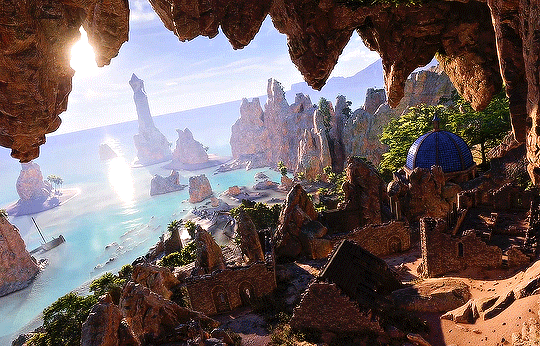
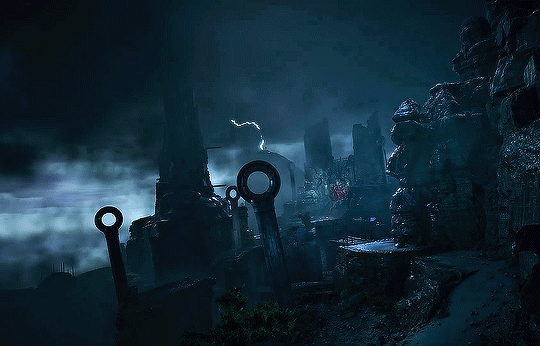
Sneak peek at the world of Dragon Age: Dreadwolf
#daedit#gamingedit#dragonageedit#dadreadwolfedit#dragon age#dragon age dreadwolf#da dreadwolf#dragon age 4#myedits#*gifs#mydragonage#2k
4K notes
·
View notes
Photo
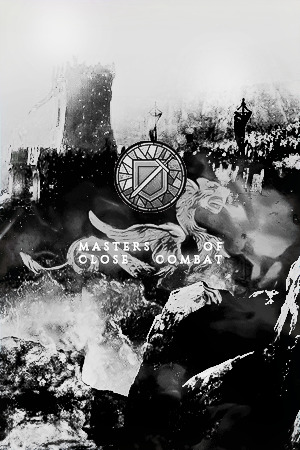
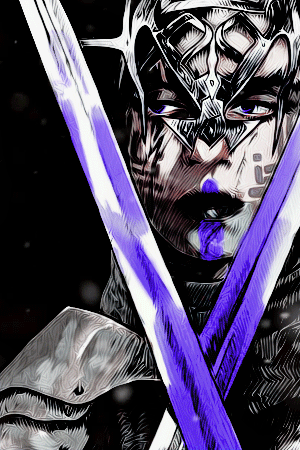


While some warriors prefer visceral, sweeping damage, many are silverite-clad bulwarks, weathering any blows they don’t deflect with their shields.
Mages ┃ Rogues
#dragon age#dragon age inquisition#dragon age origins#mydragonage#dragon age edit#mygraphic#myedit#mygif#daedit#dai#dao#dragon age 2
1K notes
·
View notes
Photo


Dorian + Ardent Blossom
1K notes
·
View notes
Photo
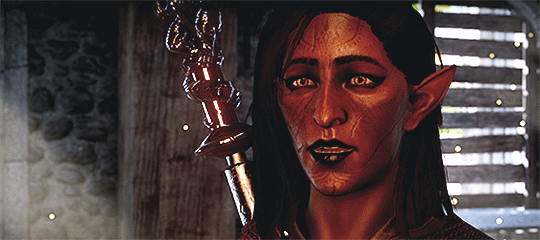

#mydragonage#daiedit#daedit#dragonageedit#dragon age#da:i#dragon age inquisition#lavellan#sethrian lavellan#my stuff#he's a redhead but the light always makes it look like he has dark hair#smh#anyway he's my pretty boy#I recruited Iron Bull and can't wait for them to fall in love#<333
9 notes
·
View notes
Photo

I received my commission from @artinasuit of my Warden Elias and I couldn’t possibly be happier! Look how beautiful she is!
14 notes
·
View notes
Text

Dalish Aravels : Part 2
Part 1
Purple - Historians/Scholars
The clans that fly the color of purple sale are a clan of historian and scholar. They are avid ruin jumpers and archeologists. Often small, a caravan of 5-10 aravels, they live deep in the woods, deserts, or the wilds, making camp near the ruins they're studying.
The members of these clans are usually well versed in ancient elven, being master linguists and scholars of their own right. Magic runs strongly in their blood, often these clans are more mage then not. These clans usually meet up and trade members with a warrior clan, offering members who wish to be trained while taking on the more seasoned warriors for protection and those who wish to be scholars themselves.
Historian clans are one of the clans in near constant connection to those who are viewed as the clans of the gods. Sharing with them first of anything they find on their gods, allowing them to hold onto sacred artifacts. These clans are viewed with great respect and honor, the ones who give and receive any knowledge of their history.
They usually take on “interns” every Arlathvhen in order to spread the knowledge they discover more easily. These clans bring recovered stories, art, tomes, and language to Arlathvhen.Mythal and Dirthamen are these clans primary gods, they honor them with full body vallaslin that is extremely detailed and colorful. They have varying version of all vallaslin, using themselves as living records for every known clan’s unique vallaslin for their gods.
Gold or Orange- Clans of the Gods
When clans see the shimmering gold or the fiery orange sails of these clans, they will alter their course to meet with them to give gifts and tributes. These clans are seen as the ones closest to the gods, the ones who still walk the path of devout worship. Each of these clans hold one god higher than the rest, bearing only their vallaslin in the whole clan and carrying their symbols on their sails. Even Fen’harel is represented among these clans.
These clans are comprised of mages; their Keepers are descendants of ancient priests, guardians of temples, the rest are trained in the ways of the Emerald Knights. The members are either spirit healers, knight enchanters, or arcane warriors. These clans will stay in near constant contact with the historian/scholar and warrior clans; gathering most of the mages trained in the ways of the Emerald Knights from the warrior clans and protecting the historians/scholars as they study the ruins. They act as messengers between all the clans, aiding clans in need, settle disputes between clans and occasionally clan vs human conflicts.
These clans will organize Arlathvhen for their region; Fereldan, Oralais, the Northern lands west of the Imperium, and the Free Marches. There are whispers among the Dalish, spread by these clans, that there are 9 larger clans representing the gods. That these legendary clans have built temples for the gods deep within the forests. It is said that the very gods lay resting in their hallowed halls, protected by these clans.
Some of these clans in the north say these temples reside close to Tevinter, in the Arlathan Forest. A few speak of them being in the Kocari or Arbor Wilds. But most of the southern clans say they are watching from the depths of the Frostbacks, in the wild jungles where the two wilds meet.
Decorating the Sails, Aravels, and Halla.
Sails
Each clan would decorate their sails with colors, only one large sail the base color, possibly embroidered with the symbol of their patron god. Then smaller sails, ones with the same base color but lined, mixed, or trimmed with colors or symbols that denote whether they’re in mourning, looking to trade, where they hail from, whether they were fishermen or divers, hunters or warriors, or heading to Arlathvhen. They would embroider them with animals, leaves, flowers. Their sails could vary in thickness, from thick canvasses to ones as thin as a bat’s wing, with the sun would shine through and you would only see the embroidered patterns floating on a tinted background of the area.The only clan whose sails were all the same, the ones that never changed would be the clans of the gods, they would only decorate their sails with markings of their patron god. Those clans would keep their shimmering white sails, woven with magic that only the elves can see, ancient magic like that of the crossroads, hiding the shimmering gold imbedded in their sails.
Aravels
The aravels would compliment the sails and the climate that particular clan would live in. Thick, sturdy, and compact for those who lived in forests. Their sails able to fold down to keep out the cold, keep off the rain. Their hulls intricately carved by the family that lived in them, each of their purpose carved fondly into the paneling.
For those who live near the shores, they would be thin, light, and sleek; essentially land version their seafaring brethren sail. Blue and grey stained wood trimmed with stark white contrast of salt bleached wood that washes up on shore. Wheels specially designed to travel across stone beaches, skis for those on more sandy shores. These aravel would be able to sail across lakes, the shallows of the ocean, not be restrained by the change in terrain.
Those that cross deserts would have faded, sun bleached wood, the sides worn smooth by sand storms, sails able to fold down and protect their halla. Thin and light these aravels glide smoothly over the sand yet are sturdy enough to carry 10x their weight without beginning to sink into the sand.Warrior aravels would be strong, sturdy, certain places would be reinforced with ironbark. They would be adaptable to many climates, sails thick and difficult to be punctured by an arrow. They would be decorated with carvings in the pattern of their warpaint, but painted to blend seamlessly into their environment.
Historian/scholar aravels would be large, able to carry an abundance of supplies and ancient artifacts. These aravels would be designed to disperse their weight evenly, to not rock too strongly. Their hulls would be carved with murals the owner favored, or scripts of elven they loved, they would be richly colored and be coated in oils and spells that resist flame, and keep out moisture.
Trader aravels would assimilate more to the familiar design of human and dwarven trading caravans, large bulky things, the hulls polished elegantly and the elven language stained darkly under the veneer. They would have flags, banners, and signs hanging off the edge of the hull. Wide wheels to keep them from becoming stuck in divots on the road.
Foragers would have mainly small aravels each holding the supplies of the clan, decorated to denote what was in where, when it was harvested and store, with one or two large aravel that housed the clan while they slept, expanding into partitions with herbs hanging from the rafters. The largest aravel would be colorful, murals and scenes from the clan's favorite stories.
Halla
The different breeds of halla would vary depending on where the clan lived.
The clans that stayed mostly in the forests and mountains would resemble their ancestors, looking like an elegant mixture of elk and deer. Their coats would be long and thin, dark brown color during the summers. While in the winters they are stark white, thick and shaggy. These halla’s horns are usually very thick and dense, difficult to carve and shape into elaborate designs. So, as they grown, during certain seasons, the hallas will be found with vines and moss covering their horns, helping shape and soften the horns before they are detailed.
Those who lived near the shores, who crossed waters frequently, their halla would have thick, layered coats the color of the mud they’re usually wading through. While the top layer repelling water like an otter; their undercoat would be more for insulation, keeping the frigid water from chilling them. Their legs would be long, their feet having changed from hooves to resemble more of the stocky feet of hippos, allowing them to wade and paddle through the waters with ease. These halla have very light horns, they grow to be very long. Their horns are easily sculpted and trained into wonderful patterns, then wrapped in seaweed for weeks to help strengthen and seal their horns.
For the clans who live in the desert, their halla would be taller and more slender than other halla. With long legs and smaller feet these halla are designed for the rough climate of the desert. Their coats would be thin and short, taking on a more tawny color than the traditional white. Their horns are shorter than most hallas, but far denser. Their horns are easily shaped while growing, but when rain is coming, they will become impossibly dense and turn dark in color.
The halla that belong to the clans of the gods are direct descendants to the halla of from Arlathan. These ancient halla seem to resemble harts in their height and sturdy forms. Their horns stretch to lengths no other breed of halla can reach. They are usually solid white, with long thick fur going down their throats.
Depending on the clan, their patron god, and what time of year, the Dalish will use special paints to decorate the halla’s coat and horns. Dark earthy colors for war paints, green floral colors around the spring and summer solstice, during holidays that fall during those months. Warm bright yellows and oranges, with soft, rich red and browns. They would carve their horns into elaborate styles, inscribing them with blessings of Andruil and Ghilan’nain. They ladle them with flowers, moss, and vines, making rich colorful decorations when they celebrate a new birth in the herd or their thanks for pulling their aravels. There are different swirling patterns, colored paints, and flowers for each holiday and celebration. During Arlathvhen, there are few halla who are not painted or dressed in a colorful collection of foliage.
#dragon age#dragon age meta#my meta#mydragonage#aravels#dalish#dalish culture meta#i dont know what im doing#might come back and change some of this later#i like it so far#i dunno#gonna queue up a lot of writing stuff tonight#long post#like super long post
12 notes
·
View notes
Photo


396 notes
·
View notes
Photo
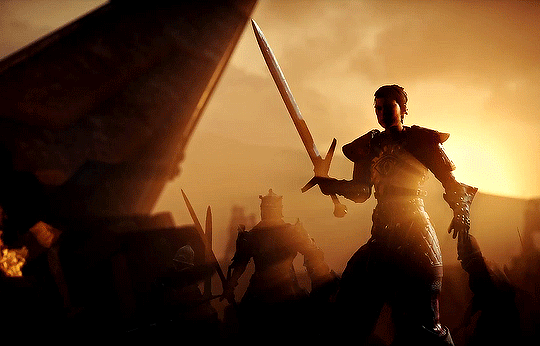

#daedit#daiedit#dragonageedit#gamingedit#videogamewomen#dragon age#dragon age inquisition#cassandra pentaghast#myedits#*gifs#mydragonage#500
678 notes
·
View notes
Photo


At last, it appears more urgent matters demand my attention. Now, run along, dear.
#daedit#daiedit#dragonageedit#gamingedit#videogamewomen#dragon age#dragon age inquisition#vivienne de fer#myedits#*gifs#mydragonage#00
234 notes
·
View notes
Photo



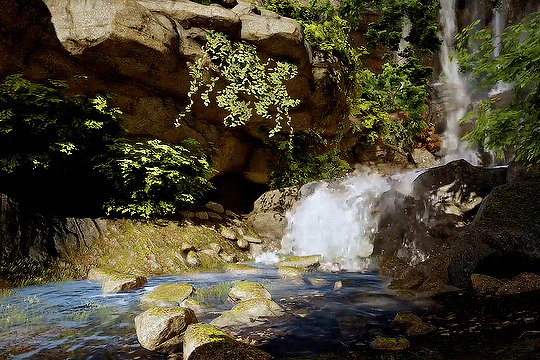

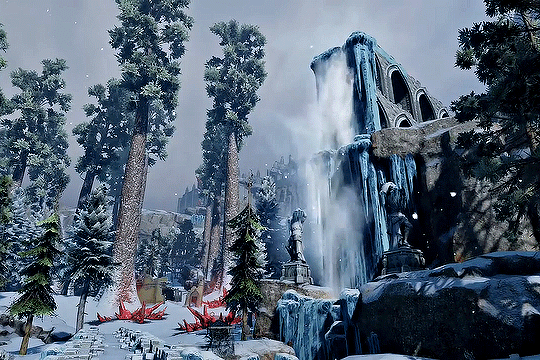

Dragon Age Inquisition + Scenery
#dragonageedit#daedit#daiedit#gamingedit#dragon age#dragon age inquisition#myedits#*gifs#mydragonage#2k
3K notes
·
View notes
Photo



#daedit#daiedit#dragonageedit#gamingedit#dragon age#dragon age inquisition#iron bull#myedits#*gifs#mydragonage#2k
3K notes
·
View notes
Photo




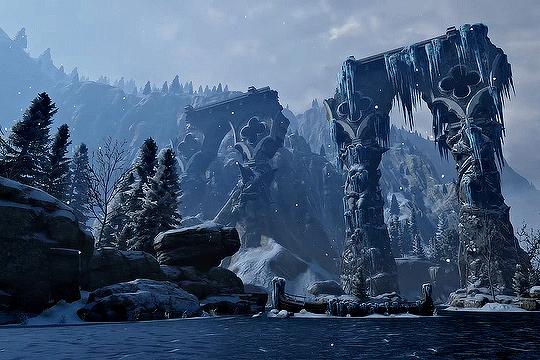

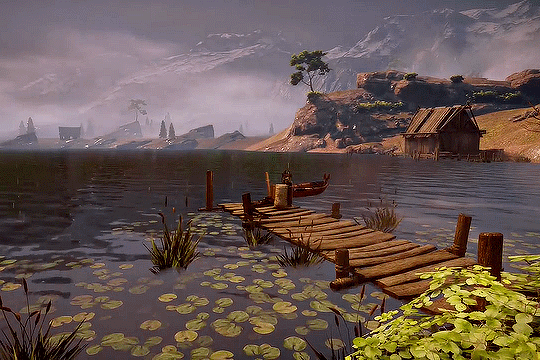
Dragon Age Inquisition + Scenery
#dragonageedit#daedit#daiedit#gamingedit#dragon age#dragon age inquisition#myedits#*gifs#mydragonage#1k
1K notes
·
View notes
Photo
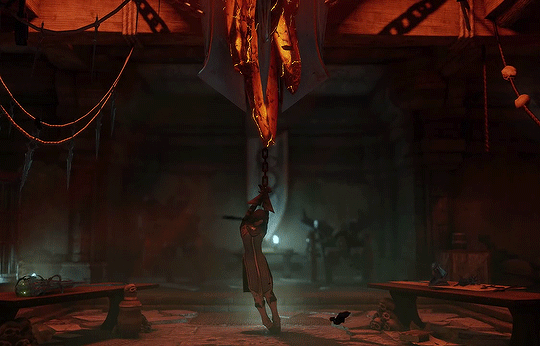




lead them or fall
#daiedit#daedit#dragonageedit#gamingedit#dragon age inquisition#dragon age#dorian pavus#sera#leliana#myedits#*gifs#mydragonage#2k
3K notes
·
View notes
Photo
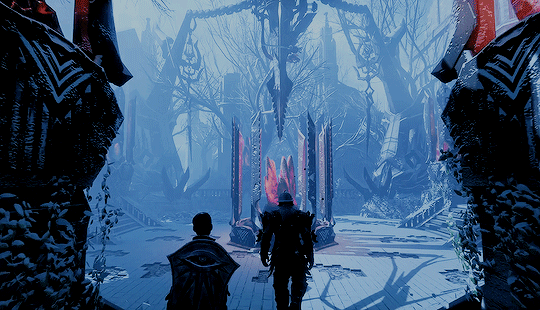


Dragon Age Inquisition + Blue
#dragonageedit#daedit#daiedit#gamingedit#dragon age inquisition#dragon age#myedits#*gifs#mydragonage#1k
2K notes
·
View notes
Photo
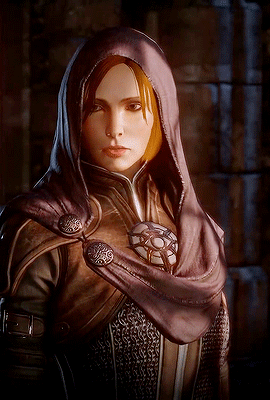

#daedit#daiedit#dragonageedit#gamingedit#dragon age#dragon age inquisition#leliana#myedits#*gifs#mydragonage#250
357 notes
·
View notes
Photo


#daedit#daiedit#dragonageedit#gamingedit#dragon age inquisition#dragon age#leliana#myedits#*gifs#mydragonage#500
592 notes
·
View notes